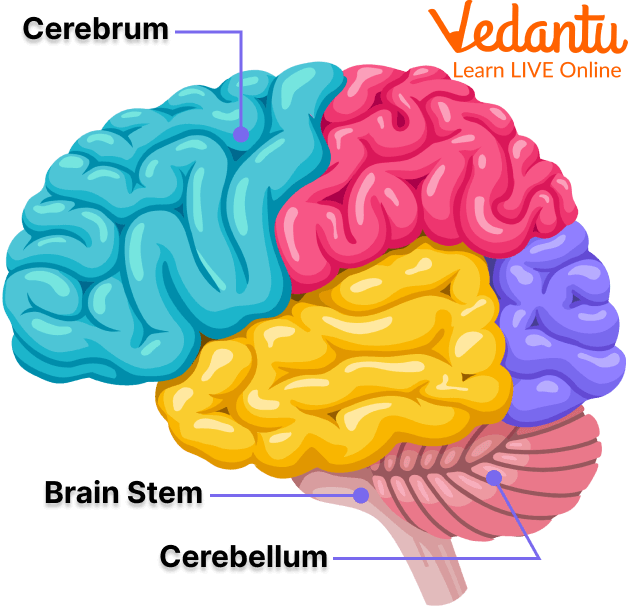
The human brain, an intricate organ shrouded in mystery, continues to fascinate scientists and laypersons alike. Among its myriad functions, the modulation of emotions is a particularly compelling topic. Neuroscientific inquiry into this domain has revealed that specific brain regions are instrumental in managing our emotional experiences. One such pivotal region is the amygdala, often described as the emotional hub of the brain. This article delves into the functions of the amygdala, exploring its critical role in emotional processing, while also highlighting other essential areas of the brain that contribute to our emotional landscape.
The amygdala, a small almond-shaped cluster situated deep within the temporal lobes, emerges prominently in discussions of emotional regulation. With its connection to various brain structures, the amygdala exerts considerable influence over emotional responses. This bilateral structure—existing in pairs, one in each hemisphere—serves as a key participant in the neural circuitry associated with fear and pleasure. Its role extends beyond mere emotional reactivity; it also integrates sensory inputs to facilitate appropriate behavioral responses.
When faced with potential threats, the amygdala rapidly assesses the surrounding environment and triggers the fight-or-flight response. This reaction can occur before conscious thought intervenes, exemplifying the amygdala’s formidable ability to oversee emotional reactions with a kind of primal immediacy. Researchers have demonstrated through neuroimaging studies that heightened amygdala activity correlates with intensified feelings of fear or anxiety. Such findings underscore the amygdala’s centrality to our emotional experiences and its rapid response design that can often lead to behaviors aimed at self-preservation.
However, the amygdala does not operate in isolation. It is intricately connected to other brain structures that contribute to the nuanced tapestry of human emotions. Among these neighboring structures is the prefrontal cortex, a region known for its role in higher-order cognitive functions such as decision-making and social behavior. The prefrontal cortex acts as a regulatory counterbalance to the amygdala, allowing for the inhibition of impulsive emotional responses when necessary.
The relationship between the amygdala and the prefrontal cortex is a significant aspect of emotional intelligence. An effective prefrontal cortex can modulate the often overwhelming emotional impulses generated by the amygdala, enabling individuals to respond more thoughtfully in emotionally charged situations. This intricate interplay showcases the complex architecture of the brain, where various regions communicate to maintain a balance between emotion and cognition.
Another crucial player in the emotional regulation network is the hippocampus, a structure associated with memory formation. The interplay between the amygdala and the hippocampus allows for the contextualization of emotions within the framework of past experiences. This connection is particularly illuminating; for instance, a person may feel fear in response to a specific environment due to a prior negative experience linked to that space. Thus, the amygdala not only processes immediate emotional stimuli but also contextualizes them based on past encounters, underscoring the dynamism of emotional experiences.
Furthermore, the insula has garnered attention for its role in emotional awareness and empathy. This region processes sensory information related to bodily states, contributing to our awareness of internal emotions. The insula can activate during experiences of social emotions, such as empathy, allowing individuals to connect emotionally and understand the feelings of others. Its interrelationship with the amygdala adds another layer to the complexity of emotional processing, as it prepares the brain to respond not only to one’s own emotions but to those of others as well.
Delving deeper into emotion-related neuroscience reveals that neurotransmitters and hormones play pivotal roles in shaping emotional experiences. For instance, serotonin, often termed the “feel-good” neurotransmitter, influences mood regulation and emotional resilience. Low levels of serotonin are frequently associated with mood disorders, such as depression. Similarly, the role of cortisol, a hormone released during stress, is crucial in understanding how prolonged stress can alter emotional responses over time. The interaction of hormonal signaling with the aforementioned brain regions creates a highly integrated system for managing emotions.
Neuroscience continues to shift our understanding of emotions from simplistic models to a comprehensive network of interactions between various brain regions. Emotions are no longer viewed as mere reactions; they are intricately tied to cognition, social dynamics, and biological processes. This evolution of understanding invites us to view emotional experiences through a multidimensional lens, one that considers the biological, psychological, and social factors at play.
As the field of neuroscience progresses, emerging technologies such as functional magnetic resonance imaging (fMRI) and electrophysiological recordings promise to enhance our comprehension of how these brain regions collaborate in real-time. Ongoing research endeavors will undoubtedly yield novel insights into how emotional processing influences behavior, decision-making, and interpersonal relationships.
In conclusion, the amygdala emerges as a cornerstone of the emotional processing system, while its relationship with other critical regions like the prefrontal cortex, hippocampus, and insula enriches our understanding of the emotional universe. By weaving together insights from diverse scientific fields, such as psychology, biology, and neuroscience, we can foster a more integrated perspective on emotions. This intricate interplay serves as a powerful reminder of the complexities of the human experience, where emotion and reason coexist in a delicate balance that shapes who we are.
